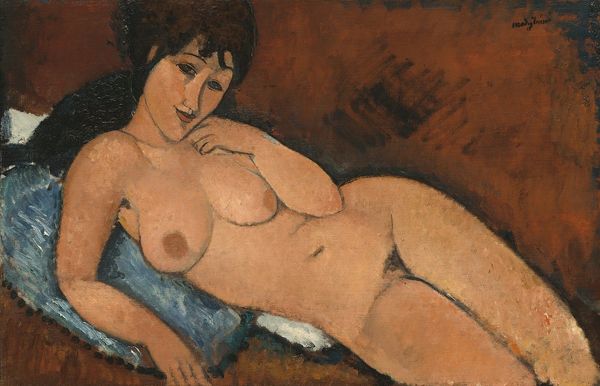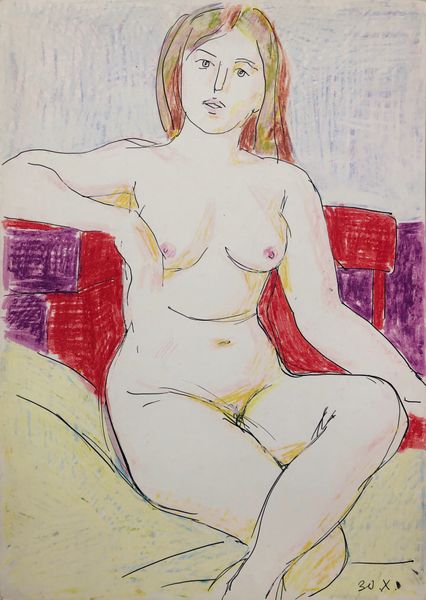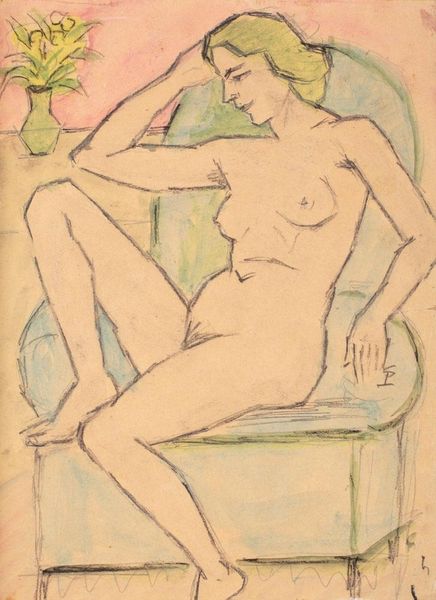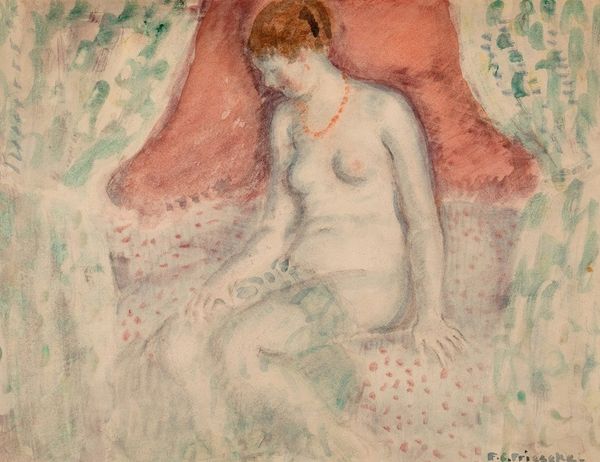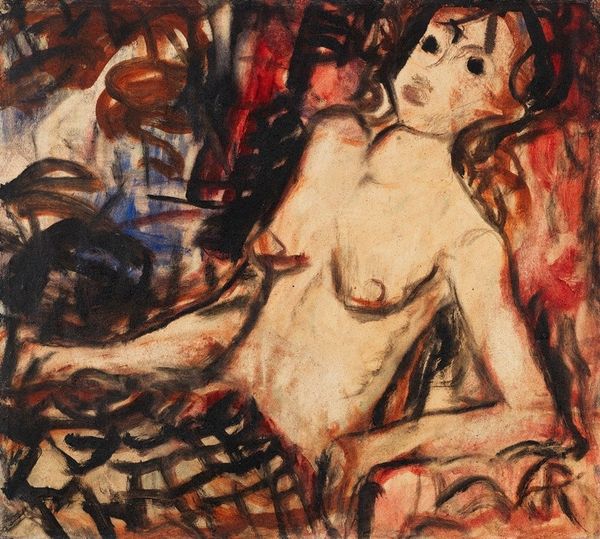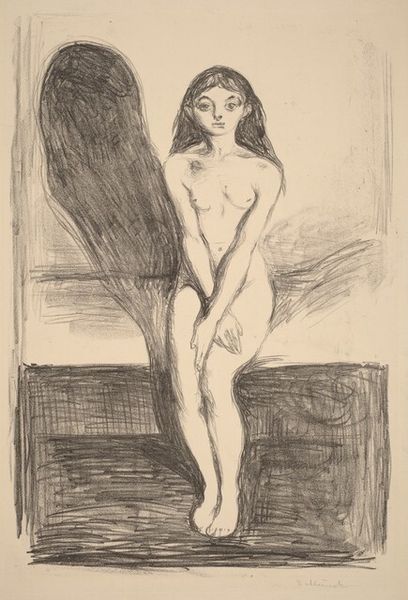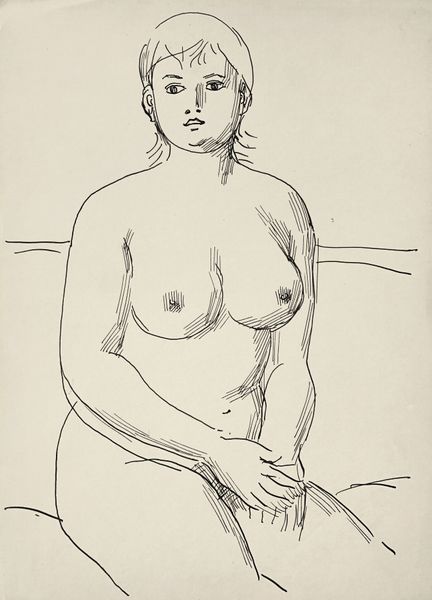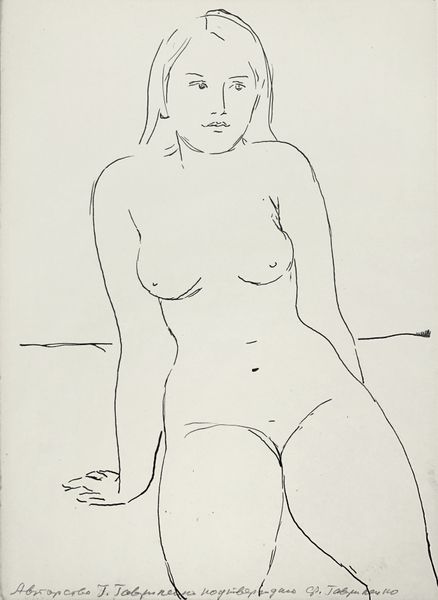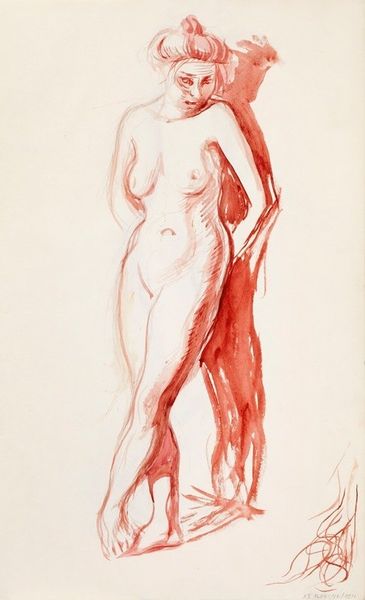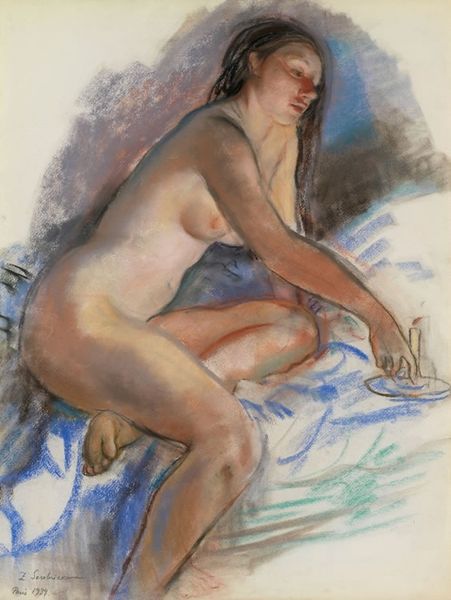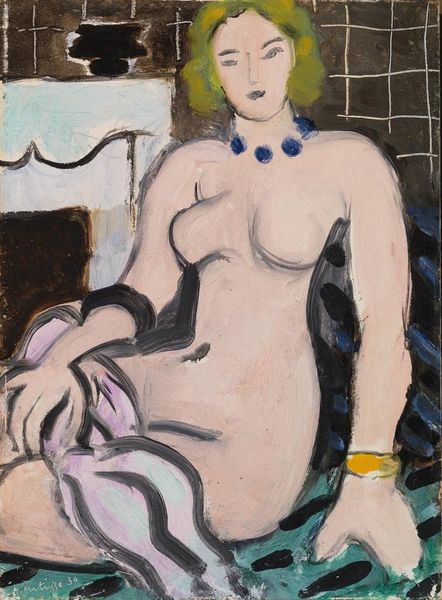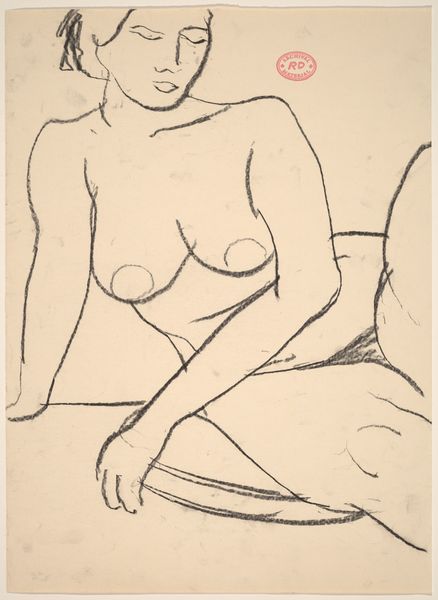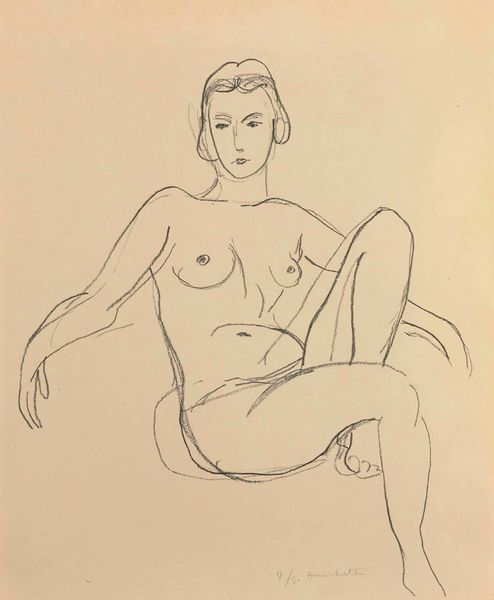
painting, watercolor
#
figurative
#
painting
#
figuration
#
oil painting
#
watercolor
#
expressionism
#
nude
Copyright: Public Domain: Artvee
Editor: Christian Rohlfs' "Akt," created around 1922, feels intensely personal. It’s a painting—maybe oil, maybe watercolor—and there's this real sense of vulnerability in the pose of the nude figure. It’s almost… sorrowful? How do you interpret this work? Curator: Sorrowful, yes, that resonates! But I see a weary elegance there too. It makes me think of Expressionism and the post-war malaise. Rohlfs isn't simply depicting a body; he's exploring emotional states. Those broken lines, the way the colours bleed into one another – it's all about capturing a fleeting, internal reality, not just outward appearances, don't you think? And does she look peaceful or troubled to you? Editor: Troubled, definitely. Her closed eyes suggest inward turmoil, not rest. And the blotchy colours surrounding her, almost bruised-looking, add to that. It is more emotive than other nude paintings I've seen. Curator: Exactly! Rohlfs avoids idealized beauty. He delves into something rawer, more authentic. You know, it feels to me as though he's reflecting not just the woman in the image, but perhaps society itself, worn down by the first World War, and wrestling with profound uncertainty. The question that it makes me consider is whether art has to always be representational? Editor: It definitely adds a lot of depth knowing it’s expressionistic and created after World War One. The colours tell such a strong story about more than just the human figure. Thanks, I appreciate the discussion, that really added a great lens for how to consider it in the gallery! Curator: My pleasure! Remember, the beauty often lies not just in what is depicted, but how the artist invites us to feel.
Comments
No comments
Be the first to comment and join the conversation on the ultimate creative platform.
